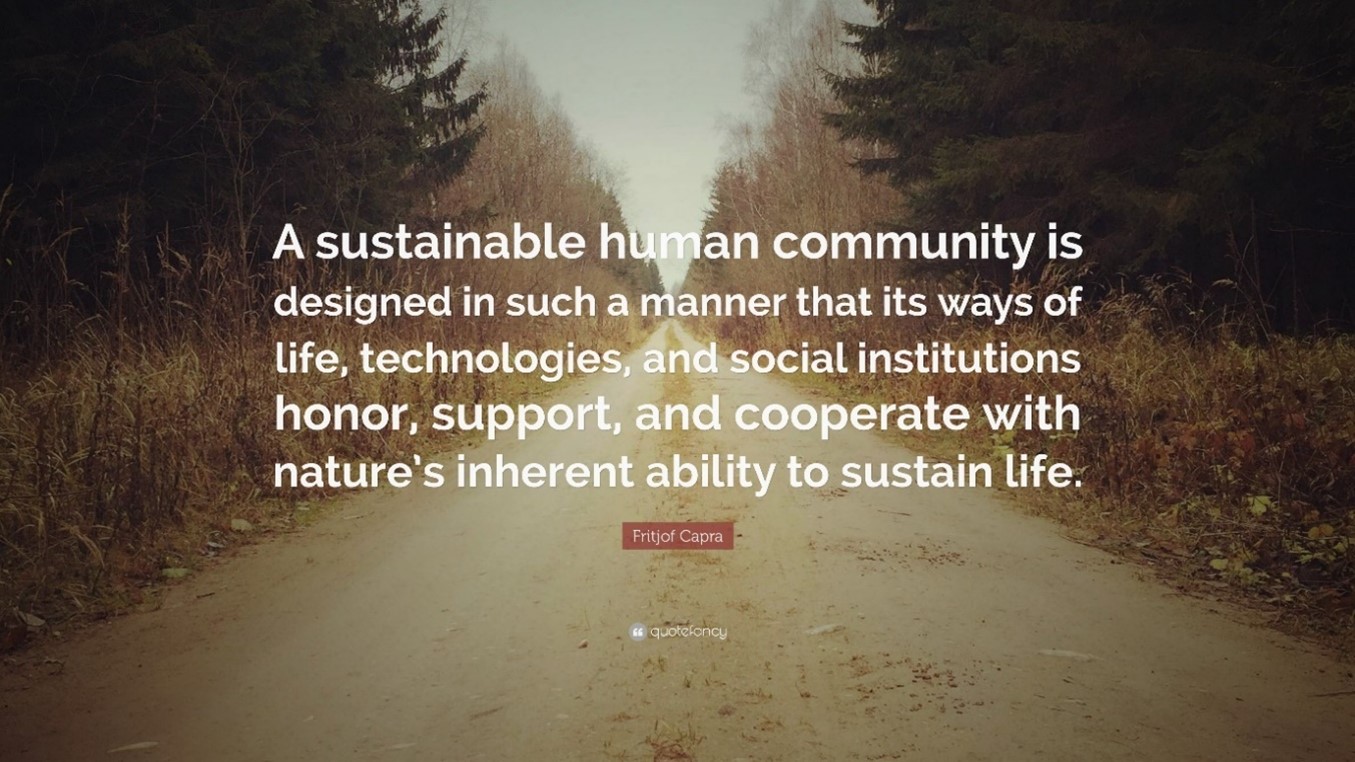In the field of sports & recreation design – the role of designers is certainly to provide for function, but when talking about sustainability – functional outcomes are only part of the picture.
This requires a far more layered approach – built on an ability to listen, comprehend, observe and interpret the objectives – to create a robust and enduring vision that responds in a more intimate way to both its natural landscape, and community to create layers of active, flexible, attractive community opportunities.
Jennifer Stone, Millar Merrigan Landscape Manager was invited to speak to the 2021 National Sports Convention at The Layered Landscape – Sustainable Masterplanning for Active Communities workshop. This workshop is now streaming online, members can access it on the National Sports Convention website.
In collaboration with Dion Gosling from 106 Architects, and chaired by Martin Sheppard, Jennifer provided some insight into the development of masterplans for sporting precincts into the future.
“Reflecting on the Reggio Emillia philosophy which identifies ‘Environment as the Third Teacher’ … these places offer the community cues of care, improve environmental outcomes, and play a vital role in facilitating community wellbeing, connection and belonging”
The workshop discussion highlighted three key points:
- the need for a far more layered approach to achieve sustainable outcomes, one that better addresses the increasing impact of urbanization and strives for better, more enduring, liveable outcomes, whilst ensuring a good use of land..
- the misconception that the masterplanning sporting precincts is to provide only for sport. On the contrary by acknowledging, empowering and extending the role these precincts play, we would see them better defined as Active Community Hubs – enabling them to become highly valued community Places that reflect their communities evolving needs whilst embracing their natural landscapes.
- social sustainability and the need for sporting precincts to contribute to providing a ‘Third Place’ (the place we live between home and work/school) in line with the need to achieve balance in all three key elements of sustainability – the function, community, and environment. “Reflecting on the Reggio Emillia philosophy which identifies ‘Environment as the Third Teacher’ as an underpinning for sustainability, one that when embraced informs the development of active, sustainable and engaging Places that not only provide for more structure sporting functions but foster a deeper rapport, a kinship with nature. These places offer the community cues of care, improve environmental outcomes, and play a vital role in facilitating community wellbeing, connection and belonging” Jennifer says.
Do you have any questions, comments or are interested in continuing the conversation? Get in touch with Jennifer via LinkedIn or via our website or watch the full workshop go to The National Sports Convention website.





